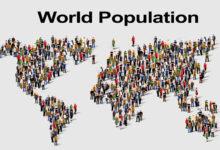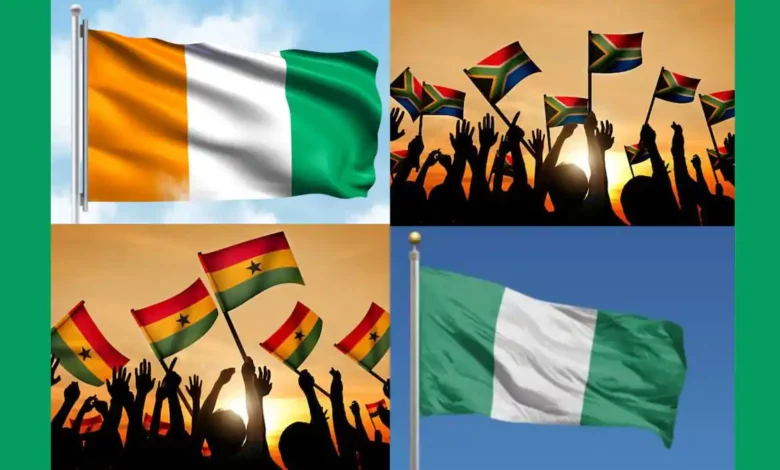
15 Most Populated Countries in Africa 2023
15 Most Populated Countries in Africa 2023 – Africa’s population is growing faster than any other region globally. High birth rates coupled with improving life expectancy and lower mortality rates have led to a population explosion. The population trends, however, vary significantly across different African nations.
Some countries have over 100 million inhabitants, while others have less than a million. Understanding the demographics helps governments, businesses, and organizations better plan for the future. Factors like economic growth, urbanization, healthcare access, and women’s empowerment all impact population trends.
👉 Relocate to Canada Today!
Live, Study and Work in Canada. No Payment is Required! Hurry Now click here to Apply >> Immigrate to CanadaThis article will profile the top 15 most populated countries in Africa as of 2023. For each nation, we explore the key drivers fueling population growth or decline. The countries are ranked based on current population size using the latest data available from Worldometer.
The 15 Most Populated Countries in Africa 2023 are:
1. Nigeria – 223,804,632
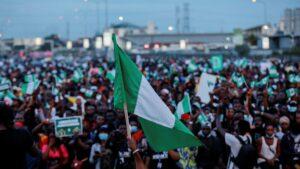
Nigeria is the most populated country not just in Africa but the entire world after India, China, and the United States. The West African nation has over 223 million people as of 2023. Nigeria accounts for over 18% of Africa’s total population.15 Most Populated Countries in Africa 2023
The key factors driving Nigeria’s rapid population growth include high birth rates, improved healthcare, and increased life expectancy. Currently, Nigeria’s fertility rate stands at 5 births per woman, one of the highest globally. The large young population further fuels growth as more people enter reproductive age.
Urbanization is also accelerating, with over 50% of Nigerians now living in cities like Lagos, Kano, and Ibadan. Managing resources and employment for the booming population remains a major challenge despite Nigeria’s oil wealth. Poverty, inequality, and lack of infrastructure prevail in many areas.
Read Also: Top 15 Fintech Companies in Nigeria
2. Ethiopia – 126,527,060

Ethiopia is Africa’s second most populated country with over 126 million people. Located in the Horn of Africa, Ethiopia has seen its population swell by over 50% since 2000. High fertility rates around 4.5 births per woman coupled with improving child survival account for the rapid growth.
Additionally, the increased use of modern contraceptives by women has helped reduce maternal mortality. The government has prioritized healthcare and economic development to leverage the large working-age population. About 20% of Ethiopians now live in cities and towns.
Poverty remains high despite progress made in recent years. Environmental degradation and climate change impacts also threaten food security. Managing high population density and competing ethnic interests will be key moving forward.
👉 Relocate to Canada Today!
Live, Study and Work in Canada. No Payment is Required! Hurry Now click here to Apply >> Immigrate to Canada3. Egypt – 112,716,598

Egypt’s population stands at over 112 million as of 2023. The Northeast African nation relies on the Nile river which supports life in the mostly hot Saharan desert conditions. High population density prevails around the Nile valley and Delta where people congregate.
Egypt has managed to lower fertility levels to around 3 births per woman through family planning campaigns. Better education attainment for women has also helped. Most Egyptians live in urban areas like capital Cairo and port city Alexandria. Rapid urbanization has strained infrastructure and services.
Youth unemployment is also high despite government efforts on job creation. Egypt remains a strategic regional powerhouse due to its massive population size and heritage as an ancient civilization. Managing scarce water resources and reducing poverty remain key priorities.
4. DR Congo – 102,262,808
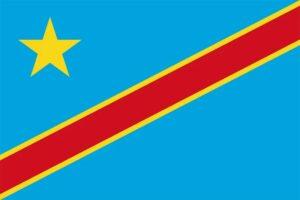
The Democratic Republic of Congo (DRC) has over 102 million citizens as per 2023 population data. Located in Central Africa, DRC is the largest country by land area in Sub-Saharan Africa. Decades of conflict, poor governance, and infrastructure deficits have impeded DRC’s development.
High fertility levels currently around 6 births per woman drive population growth. The maternal mortality ratio in DRC is also one of the highest globally. Halving population growth would require major investments in healthcare, education, and economic opportunities for women.
DRC has significant natural resources including minerals and forests. Tapping these resources sustainably to improve living standards while managing environmental impacts will be critical moving forward. The large young population could drive growth if their needs are addressed properly.
Read Also: 15 Best High Fiber Foods You Should Eat
5. Tanzania – 67,438,106

Tanzania is East Africa’s most populous country with over 67 million people. A high fertility rate averaging 5 births per woman coupled with declining infant mortality has increased Tanzania’s population. The country is relatively urbanized with a third of Tanzanians living in cities.
Tanzania’s economy relies heavily on agriculture which employs around 65% of the workforce. The country has achieved sustained GDP growth above 6% in recent years. To leverage its fast-growing population, increased investments in education, healthcare, electricity, and infrastructure are essential.
Strong population control policies are also vital to avoid strains on the environment and natural resources. With abundant wildlife and coastlines, Tanzania’s tourism sector has major potential to support livelihoods. Overall, Tanzania faces opportunities as well as headaches from its rapidly growing population size.
6. South Africa – 60,414,495
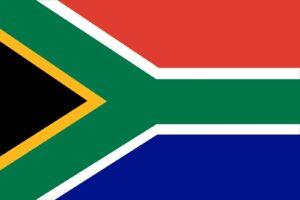
South Africa is the regional powerhouse in Southern Africa with a population exceeding 60 million. However, South Africa’s population growth rate is slower compared to other leading African economies. Fertility rates have fallen to just over 2 births per woman on average.
Urbanization is also slowing as metropolises like Johannesburg are now densely populated. These trends can be attributed to wider access to contraceptives, female education, as well as high youth unemployment. South Africa struggles with deep inequalities dividing the rich and poor.
Skill shortages coexist with a high jobless rate. With a relatively diversified economy and advanced infrastructure, South Africa has potential to offer higher living standards to its citizens. Reducing corruption and unequal access to resources remain key challenges. Overall, South Africa faces a unique demographic transition.
7. Kenya – 55,100,586
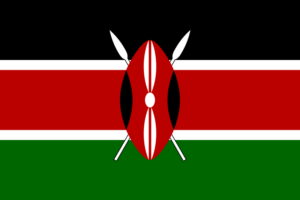
Kenya has emerged as one of Africa’s most dynamic economies with a population exceeding 55 million. After a decade of rapid growth above 5%, Kenya’s birth rate has finally started slowing down to around 3 births per woman. Better access to education and family planning have helped stabilize fertility levels.
Roughly 27% of Kenya’s population now lives in cities like capital Nairobi and Mombasa. Rapid urbanization has led to strains on housing, sanitation, and transport infrastructure. Enhancing productivity in agriculture, which employs over 40% of Kenyans is also critical.
Kenya has a youthful population with about three-quarters under 35 years old. Gainfully engaging the youth through job creation while also maintaining population control will be pivotal for Kenya’s future. Harnessing technology and innovation can also boost development.
8. Sudan – 48,109,006
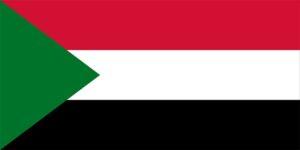
Sudan has a population size of over 48 million, having experienced rapid growth since the 2000s. High birth rates averaging 4.5 children per woman and declining mortality have driven the population boom. However, living standards and health indicators remain very poor in Africa’s third largest country.
Extreme poverty is rampant with over 80% of Sudanese subsisting on under $1.90 daily. Conflicts and political instability have ravaged the economy with surges of refugees destabilizing demographics further. Sanitation, potable water access, medical care and quality education are urgently needed.Romantic love message
Environmental degradation is also severe with rapid desertification and deforestation. Sudan’s large quotas of oil, mineral and agricultural resources hold economic potential. However, equitable governance and infrastructure modernization are essential to leverage Sudan’s human capital. Overall, severe challenges coexist with unexploited opportunities.
Read Also: Top 15 Natural Healing Secrets in Nigeria
9. Uganda – 48,582,334
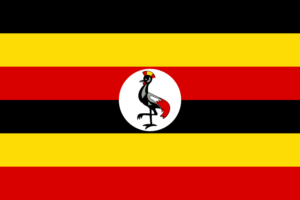
Uganda’s population has leapt above 48 million fueled by high birthrates and declining mortality.currently among the world’s youngest nations with over half its population below 18 years. The high dependency ratio poses challenges for Uganda’s development.
Rapid population growth has also strained food production, land resources and utilities like water and electricity. Congestion and environmental damage around Lake Victoria and other ecosystems is rising. On the positive side, Uganda has significant mineral riches.
The economy has diversified beyond agriculture into sectors like tourism, telecoms and financial services. Leveraging these opportunities to create mass employment and uplift living standards will be critical. Uganda’s government also needs to redouble family planning efforts to stabilize fertility levels.
10. Algeria – 45,606,480
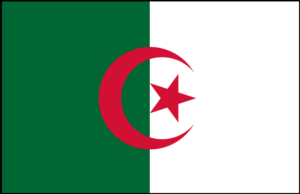
Algeria is the largest country by land area in Africa with a population exceeding 45 million. However, Algeria’s population growth rate has slowed considerably in recent decades. Lower fertility, aging, increased urbanization and emigration of youth have contributed to the declining rate.
Algeria’s economy relies heavily on oil and gas exports. Providing jobs and opportunities for the large young population remains challenging. Algeria also needs heavy investments in infrastructure, healthcare, education and clean energy to meet its citizens’ needs.Good morning My Love Message
Water scarcity and women’s empowerment are other key issues. With a relatively old leadership, Algeria needs reform to capitalize on the energies of youth. Peaceful political transitions will be pivotal moving forward. Overall, Algeria faces a different demographic transition compared to booming nations like Nigeria and Ethiopia.
11. Morocco – 37,840,044
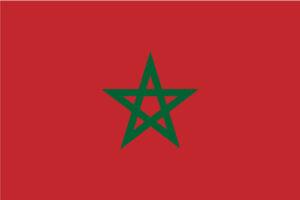
Morocco has a population size exceeding 37 million as of latest data. Geographically close to Europe, Morocco has evolved into a lower middle-income country. Manufacturing, agriculture, tourism and mining are key economic sectors. Morocco has also stabilized population growth through family planning.
Morocco’s government has prioritized human development by increasing healthcare access and education. Major infrastructure projects like ports, roads and rail also support the economy. However, youth unemployment remains relatively high while urbanization strains city resources.
Environmental challenges like water scarcity persist due to Morocco’s arid climate. With political stability and a strategic location, Morocco has potential to emerge as an African economic tiger. Further reducing fertility while leveraging the working age population is crucial.Information guide Nigeria
12. Angola – 36,684,202
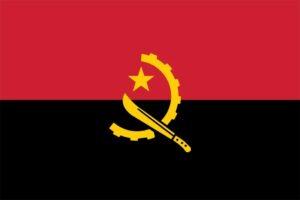
Angola has a population size of over 36 million. The Southwest African nation was ravaged by civil war for decades until 2002. The economy relies heavily on oil exports but struggles with massive inequality, poverty and high youth unemployment. Wealth is concentrated among political elites.
Rapid urbanization has strained infrastructure and public services in cities like Luanda. High birthrates, lowered mortality and mass displacement during the war continue influencing Angola’s demographics. Life expectancy and education levels remain very low.
Looking ahead, Angola urgently needs to diversify its economy beyond oil and gas. Tackling corruption, reducing poverty and creating jobs for the large young population are also pivotal. Despite its resource riches, Angola’s development is hampered by economic mismanagement, instability and inequality.JAMB portal
Read Also: Top 15 Elite Paramilitary Units in Nigeria
13. Ghana – 34,121,985
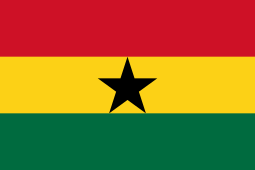
Ghana is often considered one of Africa’s most stable democracies with a population exceeding 34 million. After rapid growth in the 2000s, Ghana’s birthrate has declined to about 3 children per woman. Improved education and contraceptive access contributed to lower fertility levels.
Ghana has also achieved steady gains in life expectancy, literacy and incomes. However, unemployment remains high while many still live in poverty. Rapid urbanization has also strained housing and infrastructure in cities like Accra.
Looking ahead, Ghana has good prospects to move into higher value services, manufacturing and technology. Further diversifying exports beyond cocoa, oil and gold is crucial for job creation. Ghana’s example shows that Africa’s demographic shift happens in tandem with economic modernization.
14. Mozambique – 33,897,354
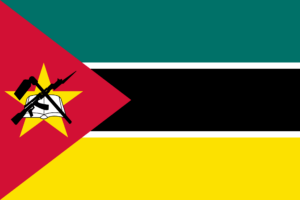
Mozambique is located in Southeast Africa with a population size now over 33 million. The country endured a prolonged civil war after independence which caused mass displacement and poverty. High birth rates averaging 5 children per woman have increased pressures on the economy.
Chronic malnutrition, poor healthcare and low education access plague Mozambique. Subsistence agriculture employs over 70% of citizens. Recent large gas discoveries provide some economic hope if revenues are managed equitably. Rapid population growth has also degraded Mozambique’s forests and wildlife.
Better policy and planning are urgently required to uplift living standards for Mozambique’s growing populace. Tapping hydropower potential, developing fisheries and boosting tourism can support the economy if done sustainably alongside population control efforts.JAMB portal
15. Madagascar – 30,325,732
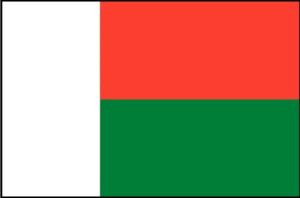
The island nation of Madagascar rounds out our list with over 30 million people. Poor governance, political instability and environmental degradation have hampered the country’s development for decades. Prolonged economic decline coupled with high birth rates escalated poverty.
However, Madagascar retains immense economic potential from its unique wildlife, minerals and renewable energy resources. About 80% of its population relies on subsistence farming. Boosting agricultural productivity, tourism earnings and sustainable mining practices are vital to support livelihoods.NYSC Portal
Implementing robust population control policies is also critical. Madagascar’s high population density has damaged its fragile island ecosystem. Addressing frequent cyclones, droughts, and food insecurity worsened by climate change is also paramount going forward.
Read Also: Top 15 Healthiest Cooking Oils in Nigeria
Conclusion:
In conclusion, Africa’s demographic landscape features great diversity between countries. While some nations like Nigeria and Ethiopia have over 100 million citizens, others have less than 5 million. Factors like birth rates, mortality, urbanization and women’s empowerment impact population trends.
Managing a booming population brings opportunities as well as headaches for heavily populated countries. Strategic investments, strong institutions, job creation and sustainable resource use become vital. At the same time, smaller nations face the challenges of limited human capital and urban congestion.
Harnessing Africa’s fast-growing youthful population to drive economic growth and human development is the continent’s biggest challenge. With prudent policies, booming population sizes can catalyze prosperity. If mismanaged, they may exacerbate poverty, inequality and environmental damage. Overall, Africa’s diverse demographic shifts will significantly impact its future and humanity globally.
Check JAMB Result
Check and Confirm: How much is Dollar to Naira

